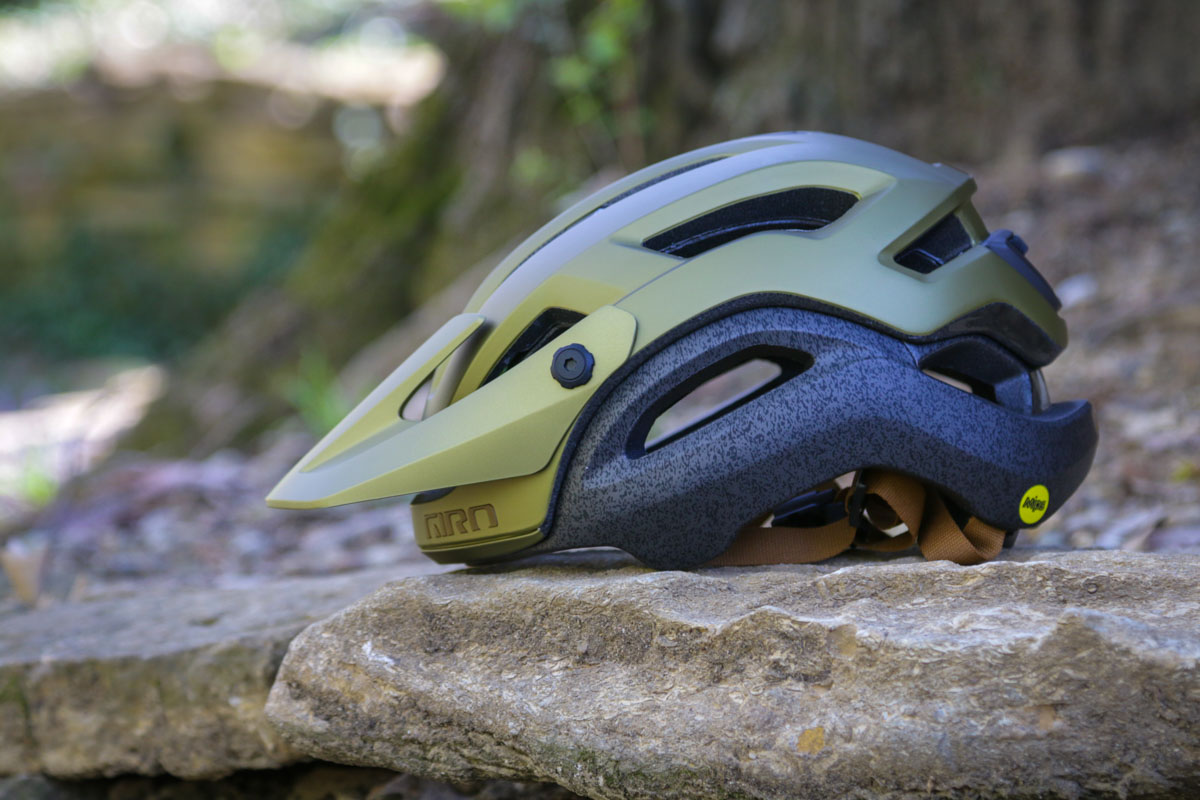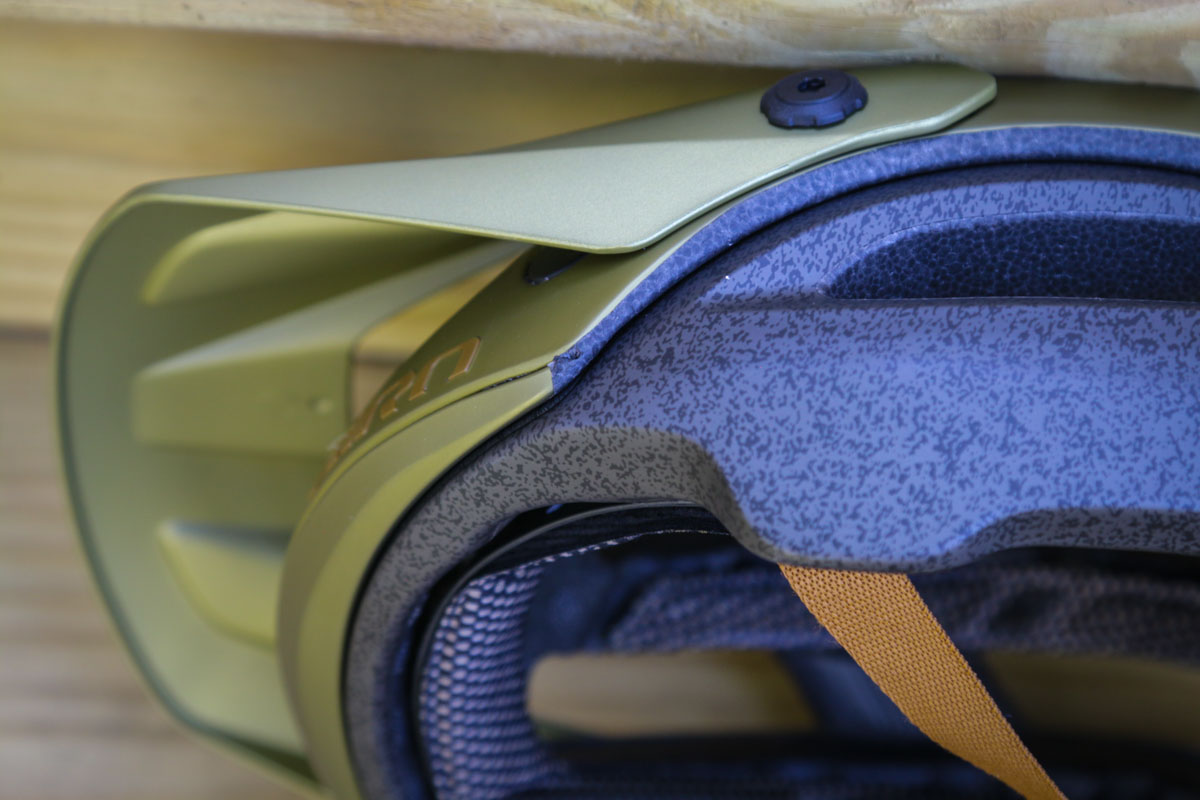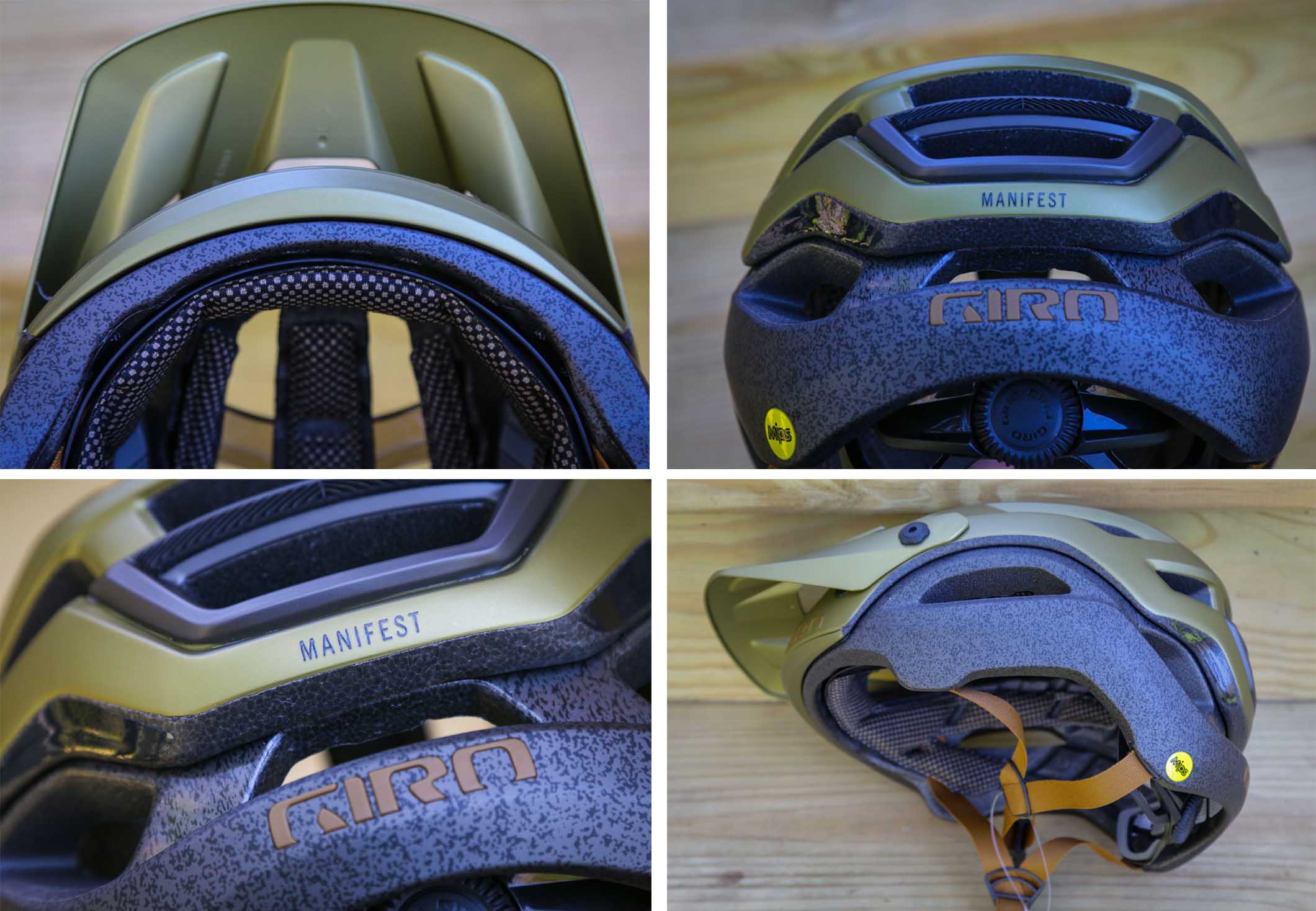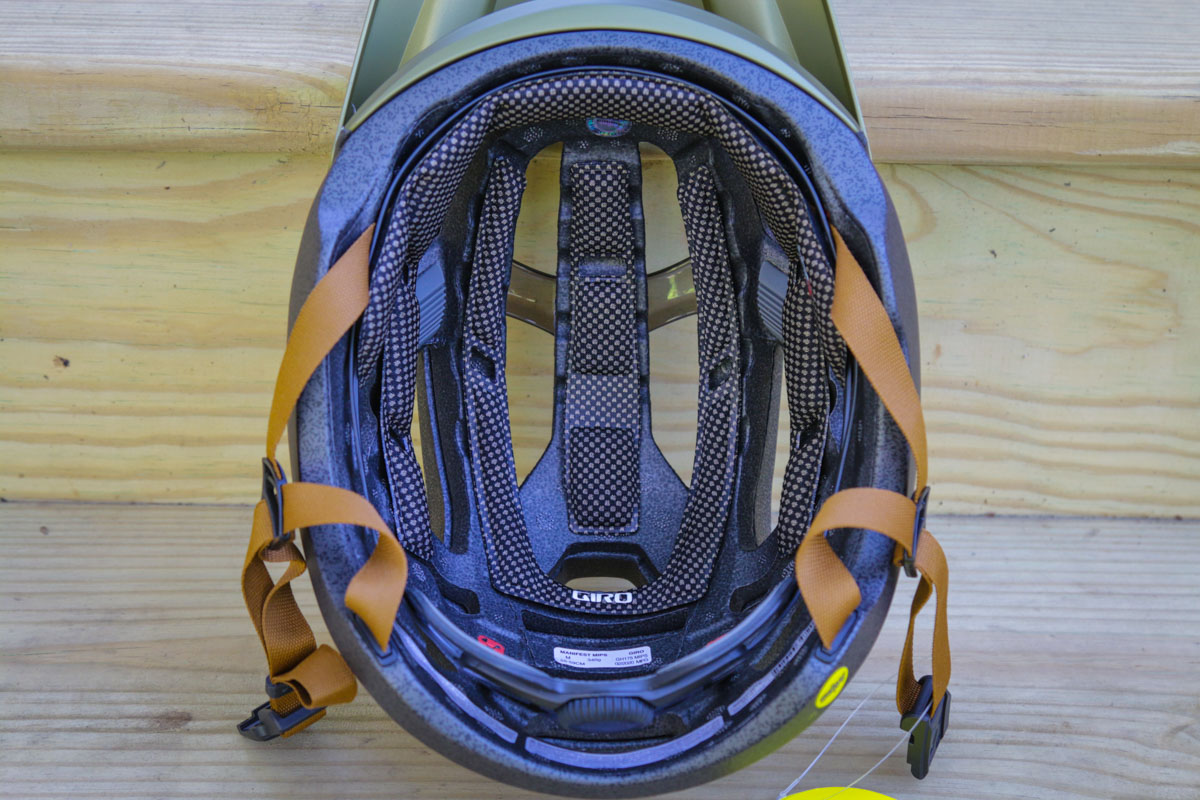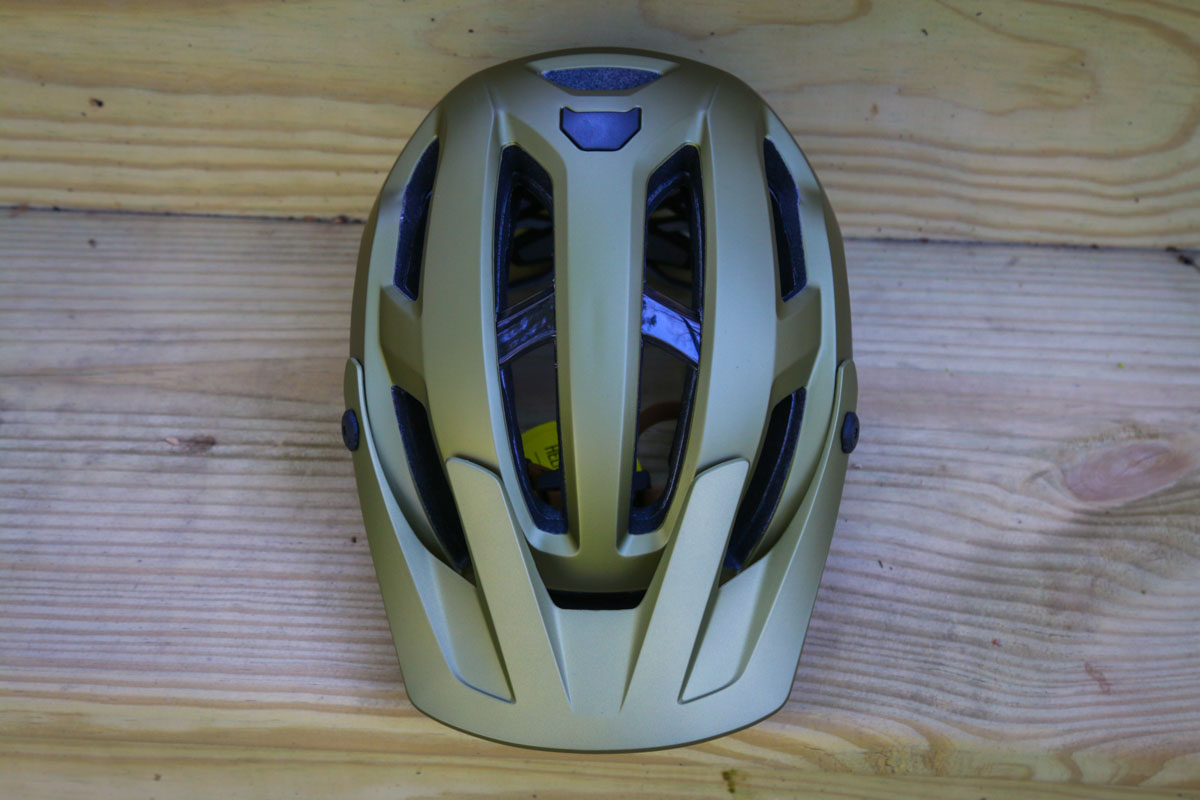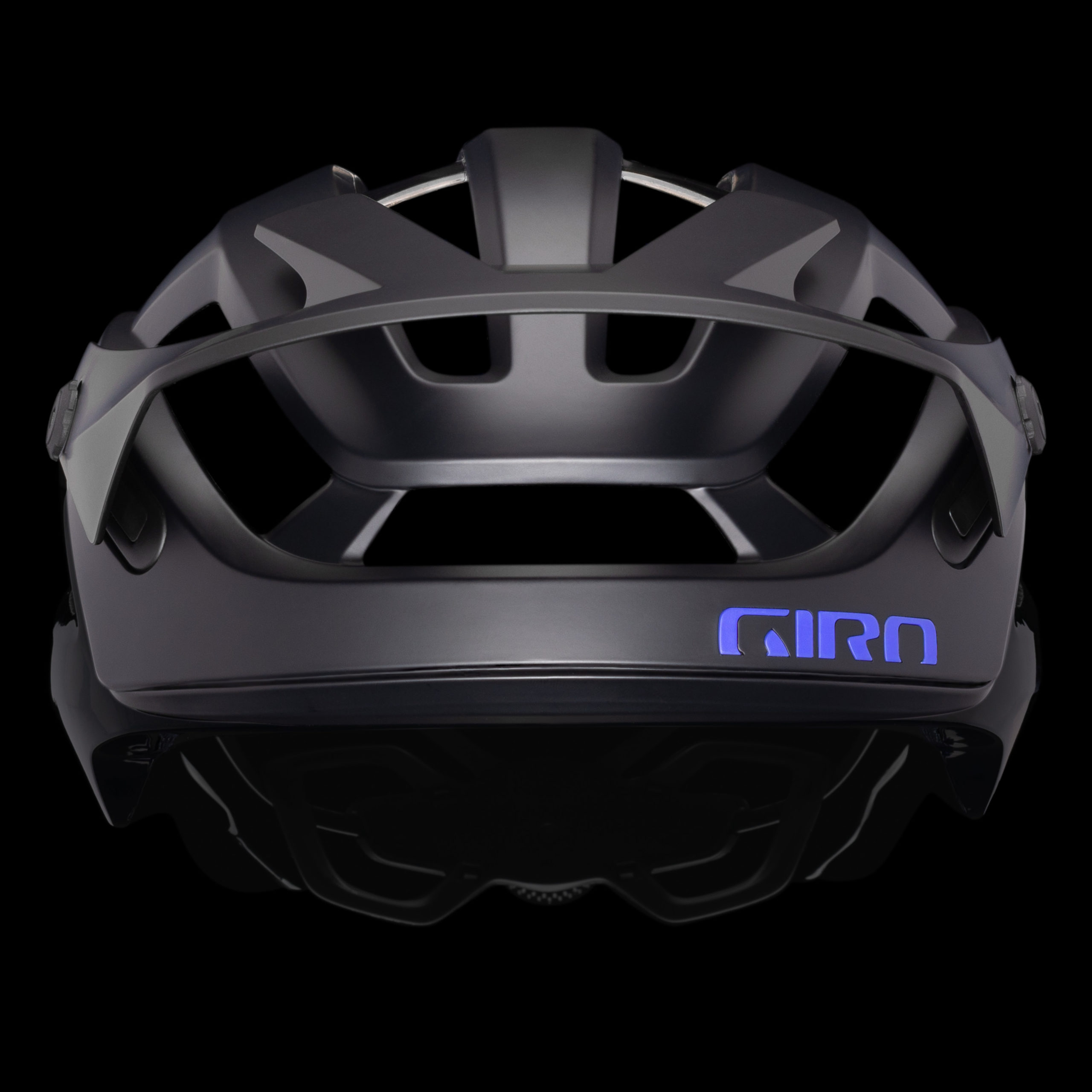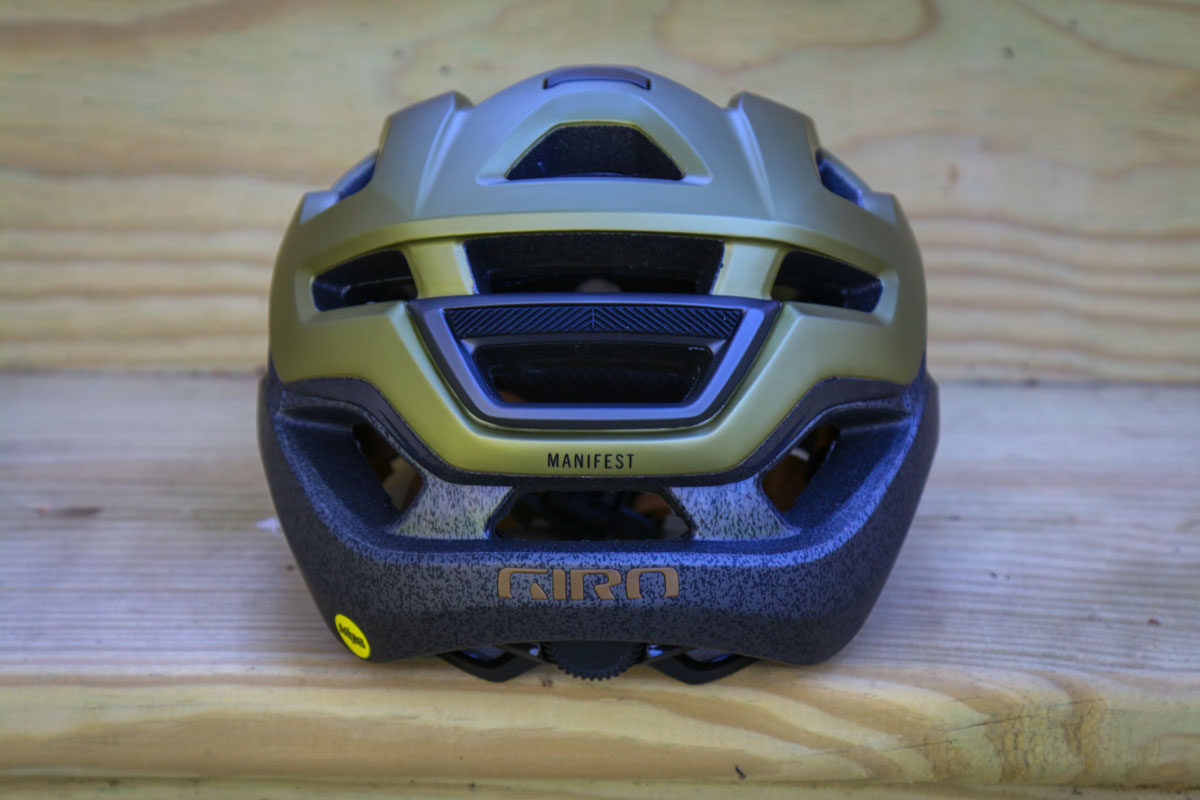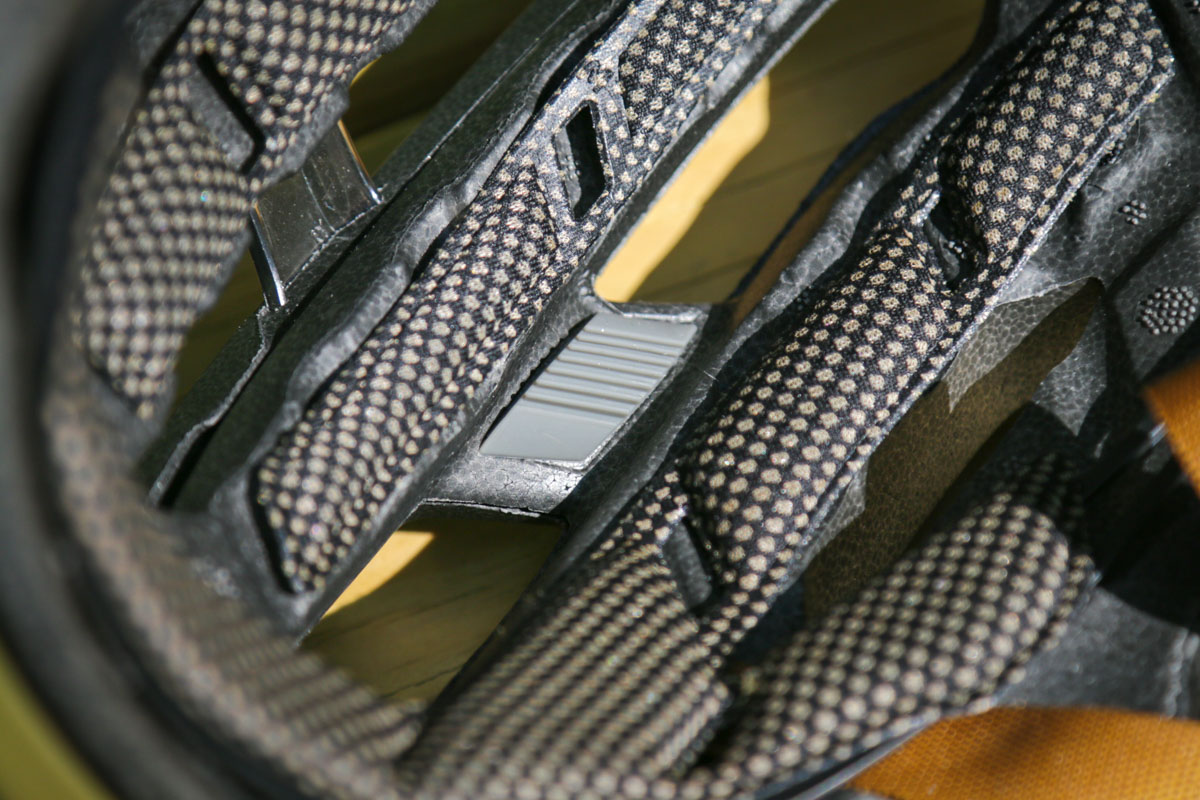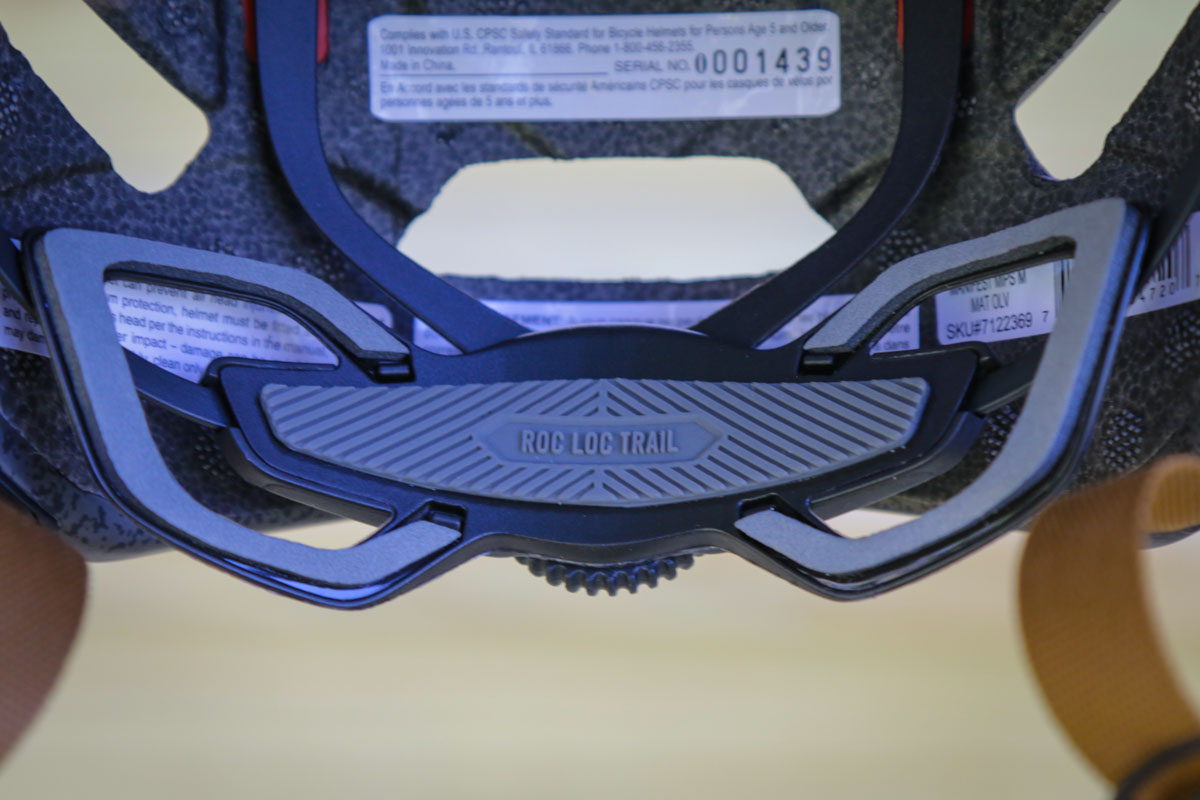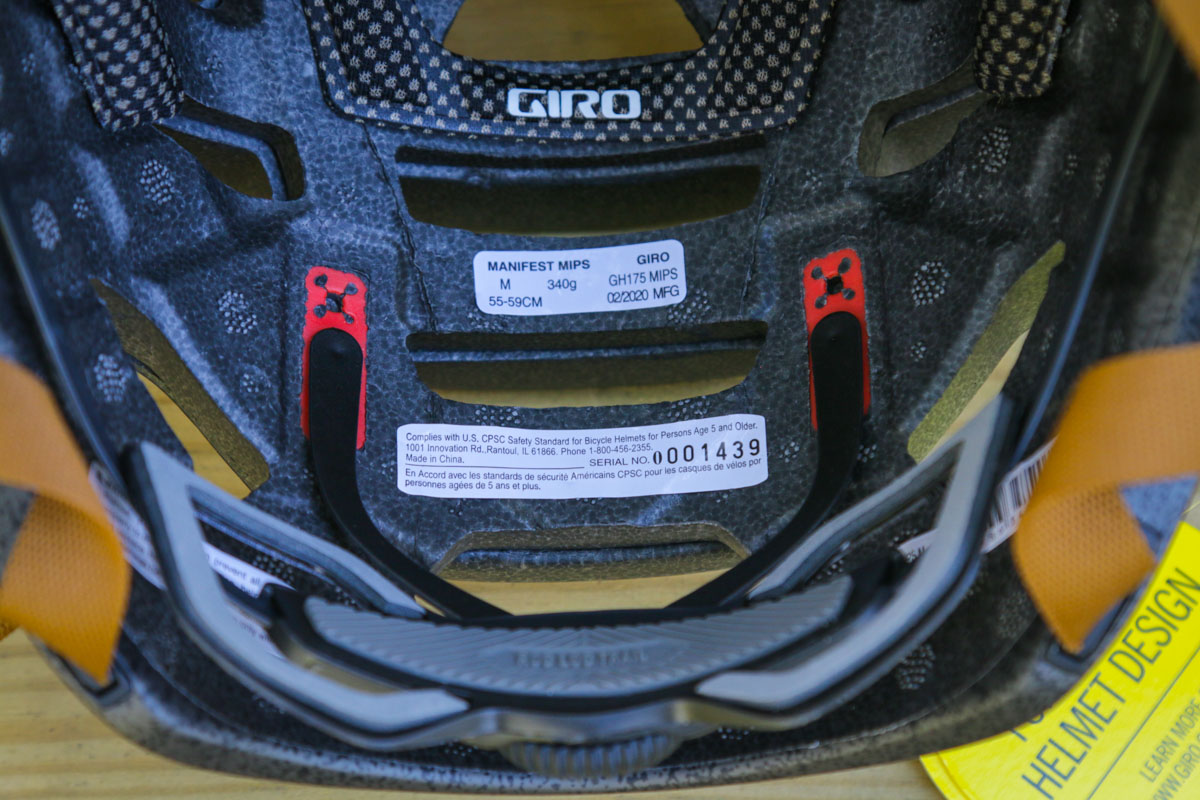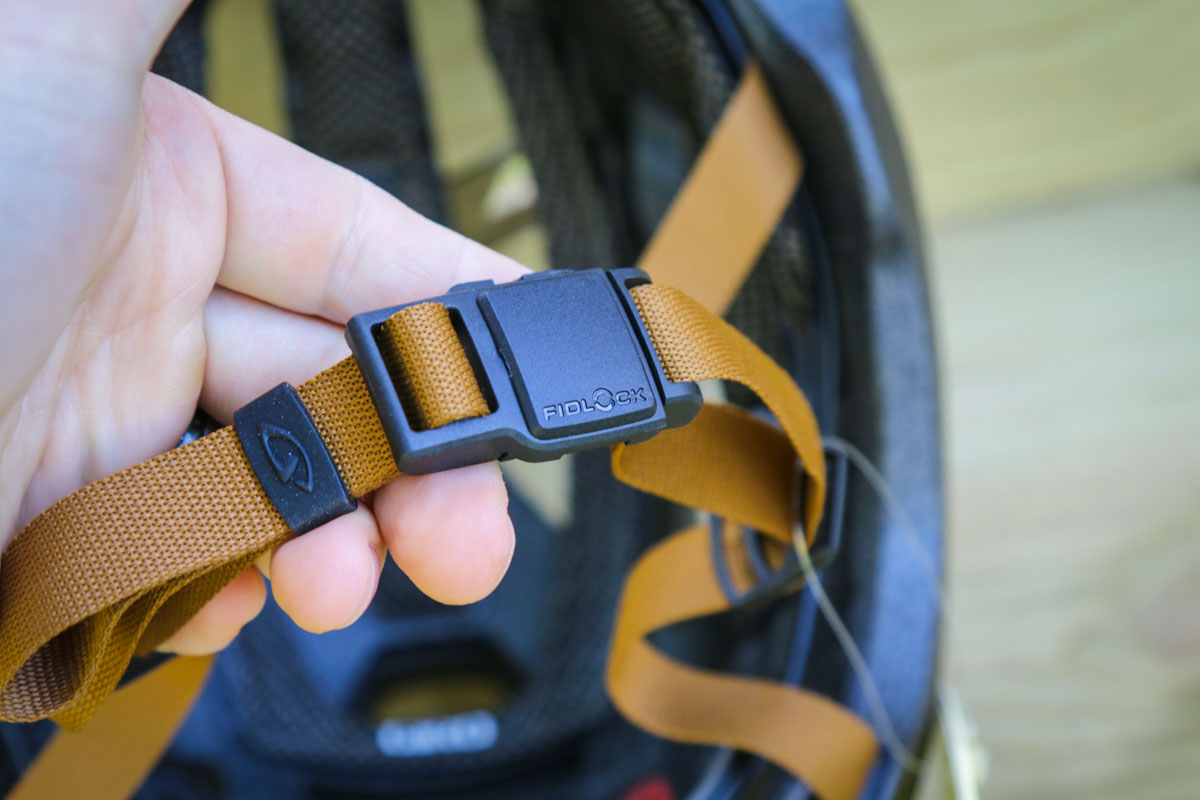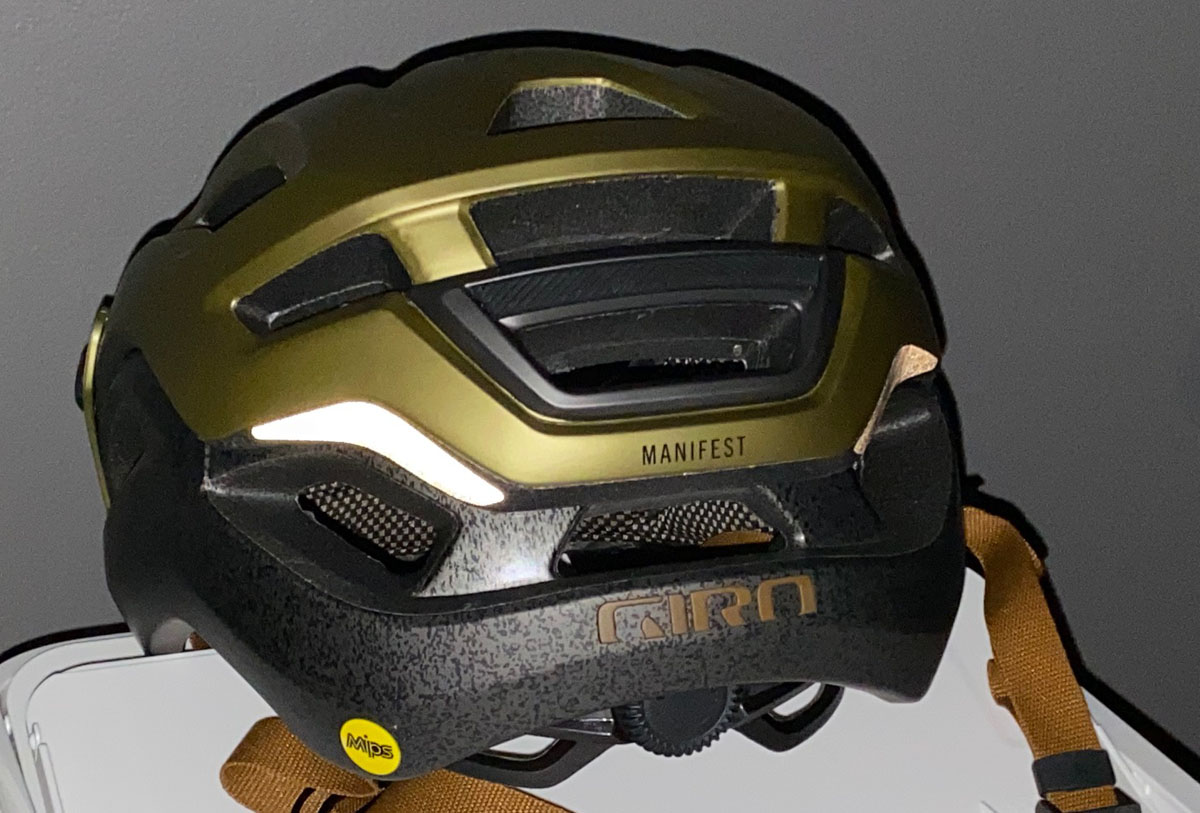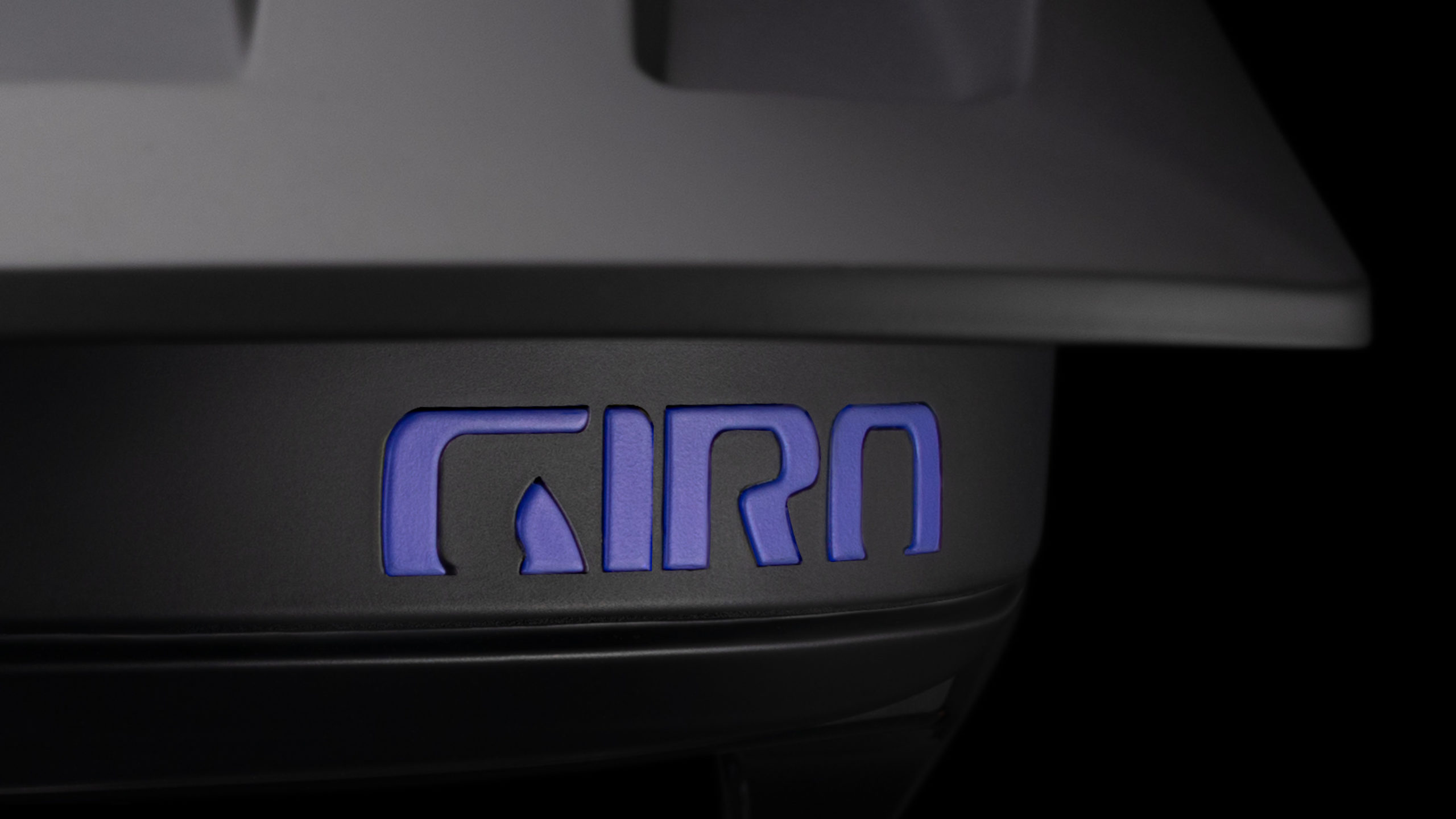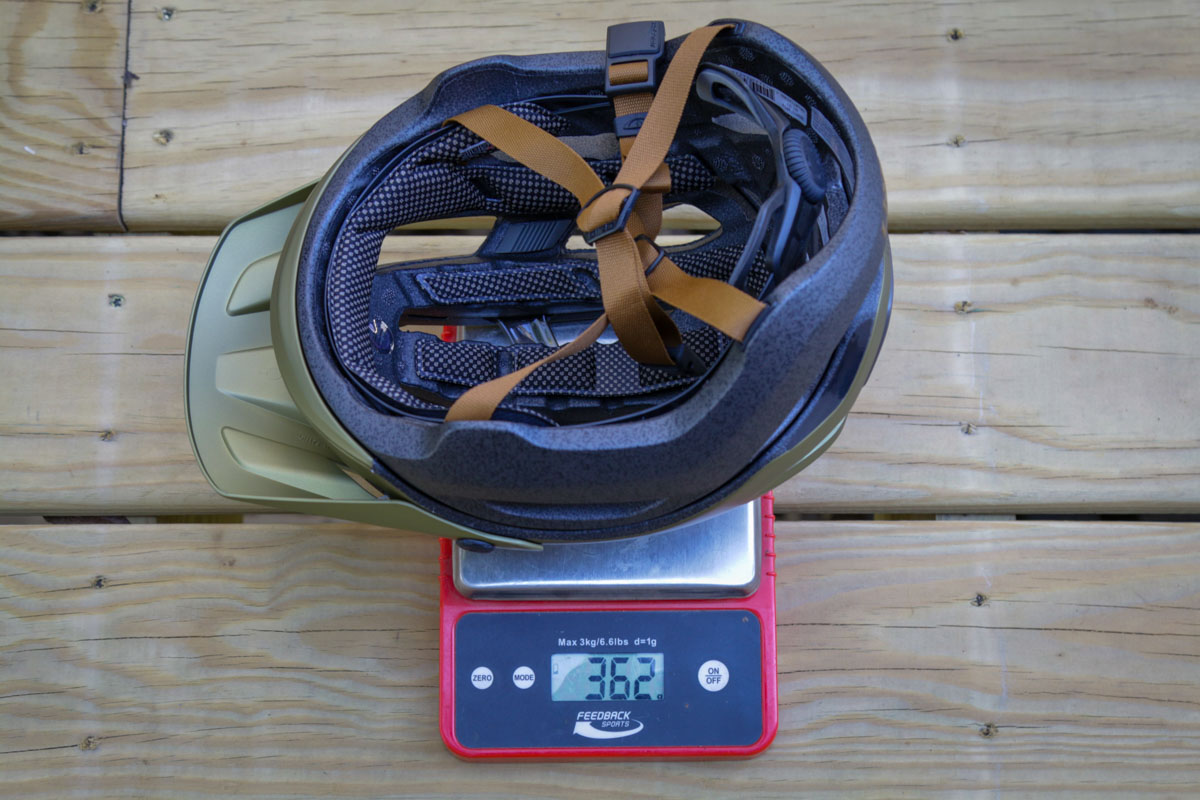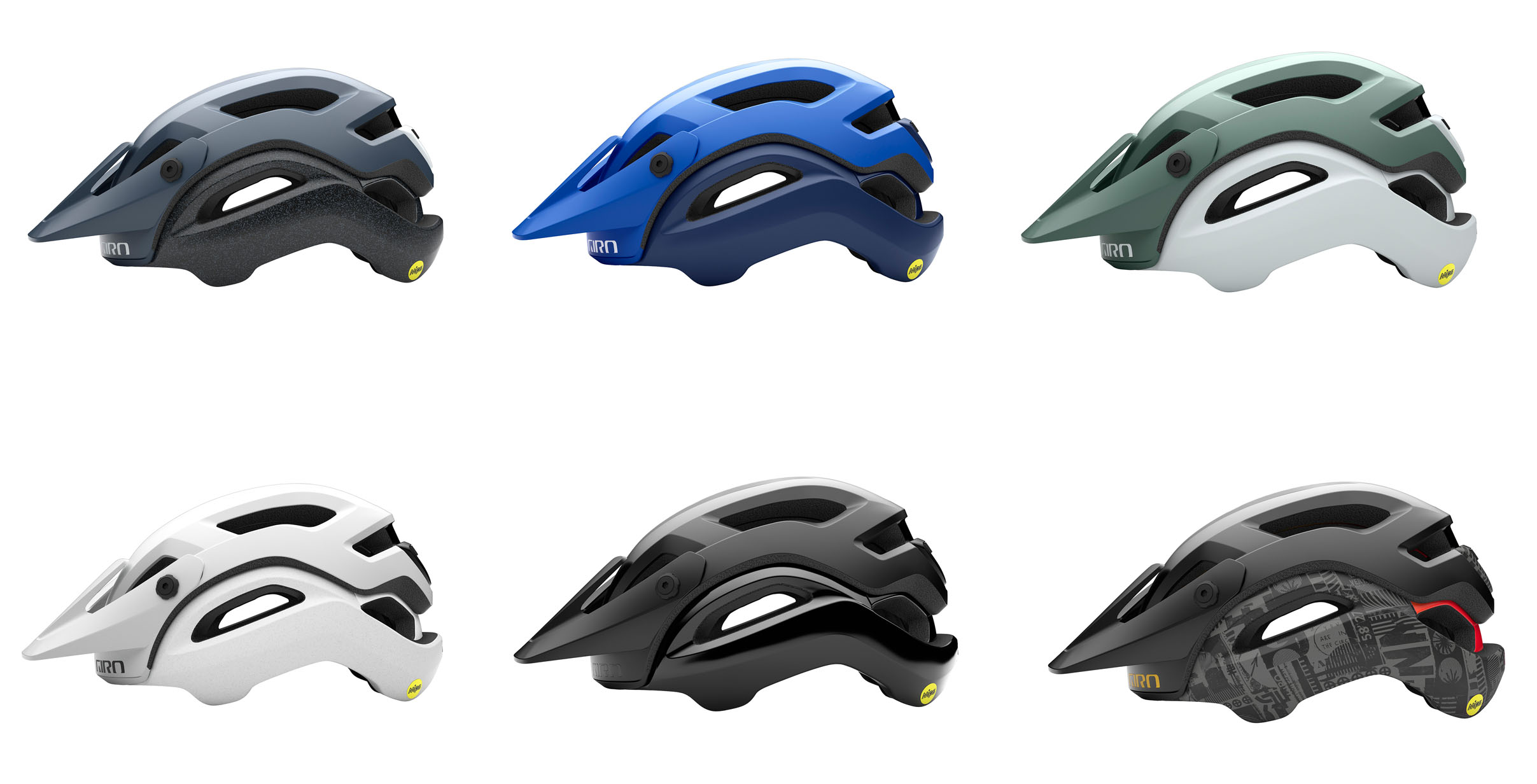Based on the trajectory of Giro’s Spherical technology, I was fully expecting a trail mountain bike helmet to show up for their latest launch. But when a locked helmet case for an aero road helmet arrived, suddenly I wasn’t so sure. You see, originally this helmet was set to launch right before Sea Otter. But with that event cancelled, Giro got creative with the launch and over a Zoom meeting, gave me the combination… to the all new Manifest Spherical.
Spherical Powered by MIPS
First introduced with the impressive Aether Spherical, and then brought to mountain biking with the Tyrant Spherical, the Manifest finally brings that tech to the trail segment.
What is Spherical Technology? For starters, Spherical is a form of MIPS that has been developed in the Bell + Giro Dome. Think of a ball and socket joint, with two pieces of EPS foam connected in the middle by a MIPS system. Spherical doesn’t have a hard plastic liner like most MIPS helmets, but it still functions as a slip plane allowing for 10-15mm of movement between the two halves of the helmet and redirects impact forces away from your brain.
Spherical also allows for the use of two different foam densities in what Giro refers to as Progressive Layering. You’ll find a higher density foam on the outside of the helmet and a lower density on the inside. The outer provides protection from high speed crashes, while the inner is better suited to low speed crashes. Giro points out that a single density would still pass testing, but two different densities combined results in a safer helmet. Note that on the Manifest, both layers are made from EPS (expanded polystyrene) unlike the Tyrant, which uses EPS/EPP. EPP (expanded polypropylene) is better for multiple impacts, but it makes the helmet heavier and more bulky. Giro wanted the Manifest to be sleek and slim, so EPS was used for both layers. On the helmet shown above, everything in grey is the lower density inner layer, while the green shell is the higher density outer layer.
Thanks to the ‘Spherical powered by MIPS’ system being sandwiched between the two layers, you won’t find a MIPS liner inside the helmet. Instead, you’ll find massive vents and plush XT2 Anti Microbial padding. Giro went back and forth between different pad sets five different times trying to find the perfect balance between sweat absorption and airflow, deciding what you see here is the perfect balance.
In order to make those vents as large as possible, Giro once again employed their AURA reinforcing arch – a clear polyimide reinforcing arch molded into the outer shell. The addition of the AURA arch alone allows for 20-30% larger vents that will still pass testing, specifically for tests like the curbstone which uses a rounded anvil knuckle to attempt to punch through the vents. Giro claims the AURA is virtually unbreakable which is partially where the name comes from (Aerodynamic, Unbreakable, Reinforcing, Architecture).
Keep it chill
In addition to safety, the other big story for the Manifest is cooling. Giro has gotten pretty good at developing and testing cooler helmets thanks to the Dome’s Therimantor heat sensing test fixture. Once the positioning was modified slightly for mountain biking with a slightly more upright riding position compared to road and running a 12.5mph average speed, the Therminator validated the impressive cooling power of the new helmet. Now the second coolest helmet that Giro offers, it’s only beaten by their Aether Spherical. Giro says that this results in a helmet that is “significantly cooler than the competition” while also being 7% cooler than the Montaro. In total there are 19 vents.
My first impressions are below, but spoiler alert: this does feel like one of the best ventilated MTB helmets that I’ve tried.
Visors, goggles, & glasses
Up front you’ll find an adjustable visor with a 15° POV. This time there are no detents, just smooth adjustment between the two extremes shown above. Why? Giro went to a stiffer visor that would allow you to adjust the positioning with one hand. On previous helmets, if you tried to adjust the helmet with one hand, you might end up with the visor in two different positions on each side. This takes care of that issue. You’ll find just enough room underneath to stash a pair of goggles…
As well as a rubber gripper on the back to help hold the goggle strap in place.
The Manifest also features grippers inside the helmet to hold sunglasses in place when stuck through the vents on the outside. This is for when the glasses aren’t on your face, and Giro says that it should work with a wide range of glasses.
Where’s the Mount?
Notably absent from the Manifest is any sort of a light or camera mount. When asked about the lack of one, Giro says that their sponsored riders weren’t using the dedicated position on the Montaro, and instead opted to stick on their own mounts in different spots. That has led Giro to not include a dedicated mount on the Manifest. I feel that this is important to note especially since Giro does not recommend using a velcro mount for head lights on this helmet. The problem is that the velcro straps would go around the two layers of the helmet and prevent the Spherical system from operating properly. Because of that, Giro recommends a stick-on type mount for lights or cameras.
Roc Loc Trial Air
It was 26 years ago when Giro revolutionized the helmet with the first fit system – the Roc Loc. Now, Giro is upping their fit system game with the Roc Loc Trail Air. Featuring a retention ring that goes all the way around your head, the ring has a 3mm gap up front to allow for better airflow through the helmet. Everything has been made more robust to increase durability, and padding has been added the rear wings to make it more comfortable.
The cradle is still adjustable vertically, though now it has three set positions that you have to pull out and stick in. Again, this was done just to eliminate anything that could break over time and create a more durable retention system.
Below the light weight adjustable ear cradles, you’ll find a premium Fidlock magnetic buckle.
For those days where you’re getting back after a long day of riding, Giro added reflective decals to the back of the helmet. In the daylight, these just look like black decals that you hardly even notice. But shine a light at them, and they pop.
To give the Manifest one last perfect detail, the Giro logos on this helmet aren’t stickers. Instead, they’re injection molded in one piece, then pressed through the back of the shell into the laser-cut opening and in-molded into the helmet. That is a lot of trouble to go to for a logo, but the effort is just one of many details establishing the Manifest as a premium helmet.
Weight
Claimed weight for the Manifest is 346g for a medium, though my medium sample came in a bit more at 362g.
Colors, Pricing, & availability
Offered in seven different color combinations, you’ll find the Manifest in Matte Olive (on review), Matte Grey, Matte Blue/Midnight, Matte Grey Green, Matte White, Matte black, and Matte Black Hypnotic. Each is priced at $260 which is expensive, but marks a big drop in price from the Aether at $350. Available in three sizes, an XL may be in the works for the future, and the Manifest Spherical will be available mid-May.
First Impressions
Between the trail conditions, coronavirus restrictions, and only having the helmet for just over a week, I haven’t had a ton of time in it yet. But I did get out on one long ride that was very eye opening in terms of the helmet’s cooling power. The temperature was in the high 50’s and it was expected to warm up into the 60’s so I set off with just the helmet and nothing underneath. I didn’t get far at all until I had to stop to put a helmet liner underneath to warm my bald head. It felt like there was a fan at the front of the helmet just funneling cold air directly over my head. As someone that runs pretty hot at the head, I’m very excited about using the Manifest in warmer weather.
I’d say the fit is classic Giro though it is a bit more snug around the circumference of my head compared to the Montaro. It definitely feels like it gives you more protective coverage, but also doesn’t make you feel like you’re wearing a massive styrofoam bucket on your head either. I’m almost always a medium helmet, and it’s no different here. Honestly, the fit is about as good as it gets for me – it’s extremely comfortable. Sunglasses fit well with the helmet too – the temples of the helmet have been thinned out to allow the glasses to pass underneath.
I personally would have liked to see an integrated light/camera mount. I actually used that mount on the Montaro a lot when night riding, and I’m not super excited about sticking on a mount to the outside of the helmet, but that’s a small complaint.
Overall, the Manifest seems like an incredible helmet and a worthy successor to the Giro MTB throne.
